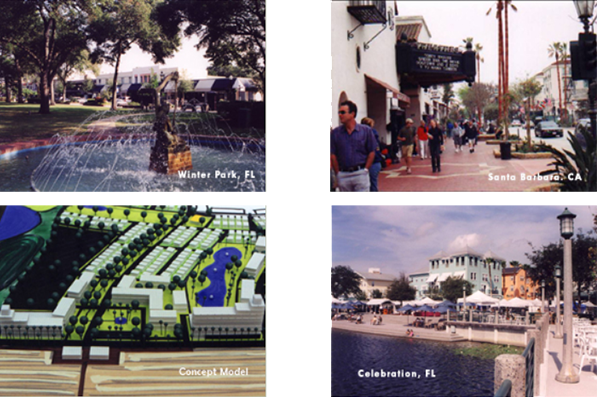 P.O. Box 941120 , Maitland , FL 32794-1120
P.O. Box 941120 , Maitland , FL 32794-1120 dmarks@cfl.rr.com
dmarks@cfl.rr.com  407.694.7040
407.694.7040
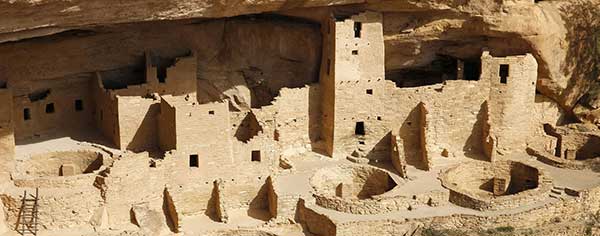
Community centers have always played a central part in our heritage, serving as a focal point for community and culture. These towns created a sense of place, an identity to which people could connect and associate. Towns of old Europe, such as this depiction of Stockholm, had such a sense of place. These towns incorporated concepts such as:
• Walled (Security)
• Narrow Winding or Grid Streets
• Important Buildings (Palaces & Temples)
• Open-Air Markets
• Public Square
• On Waterways (Transportation)
These features combined to reinforce the sense of place.
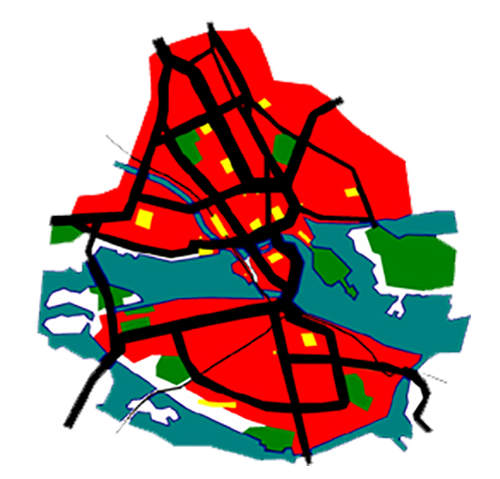
This concept was somewhat "codified" in 1573 when, in a Proclamation called the Laws of the Indies, Philip II of Spain defined how towns were to be designed in the Americas.
Select sections stated:
• A plan of the site should be divided into squares, streets, and building lots
• Beginning with the main square, streets are to run to the gates and principle roads
• Main plaza is to be the starting point for the town
Seacoast town – Main plaza at the landing place of the port
Inland town – Main Plaza should be at the center of the town
• The plaza should be not less than 200' wide and 300' long.

The concept of the town as the center of the community grew. From old Boston with Faneul Hall and its marketplace, to the seaports of the Northeast, to the town square of the midwest, and even to communities that sprang up in the west, the town center as the center of the community is part of our history. People identified themselves with the special places that existed in the heart of their communities.
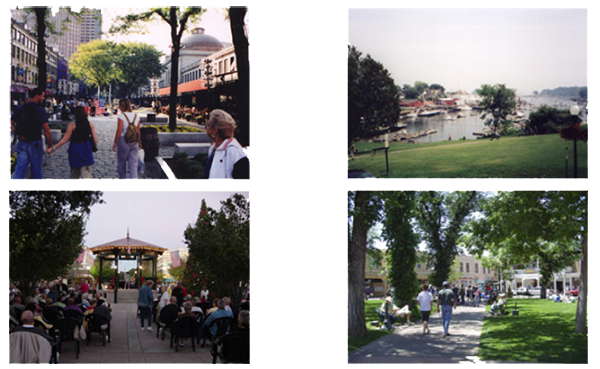
Somewhere along the way we lost that sense of place. As cities grew and people moved further and further away from the center of the community, shopping and other specific activities were diffused in a sprawling development pattern. While these facilities were convenient, they lacked the sense of community and place that the town center once had.
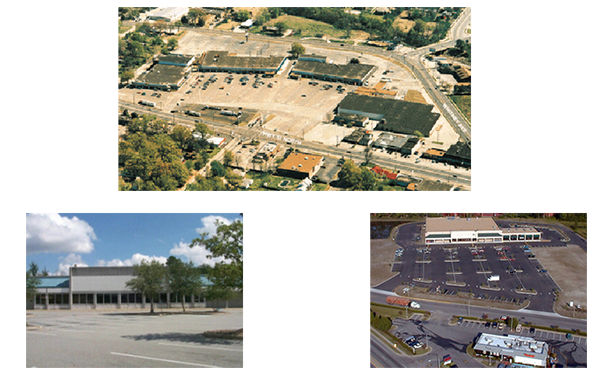
That is changing today. As people once again feel the need for community and the sense of place and security the town center brings, older communities are being revitalized. At the same time new communities are being planned and built from the ground up, creating a vibrant, modern sense of place.
